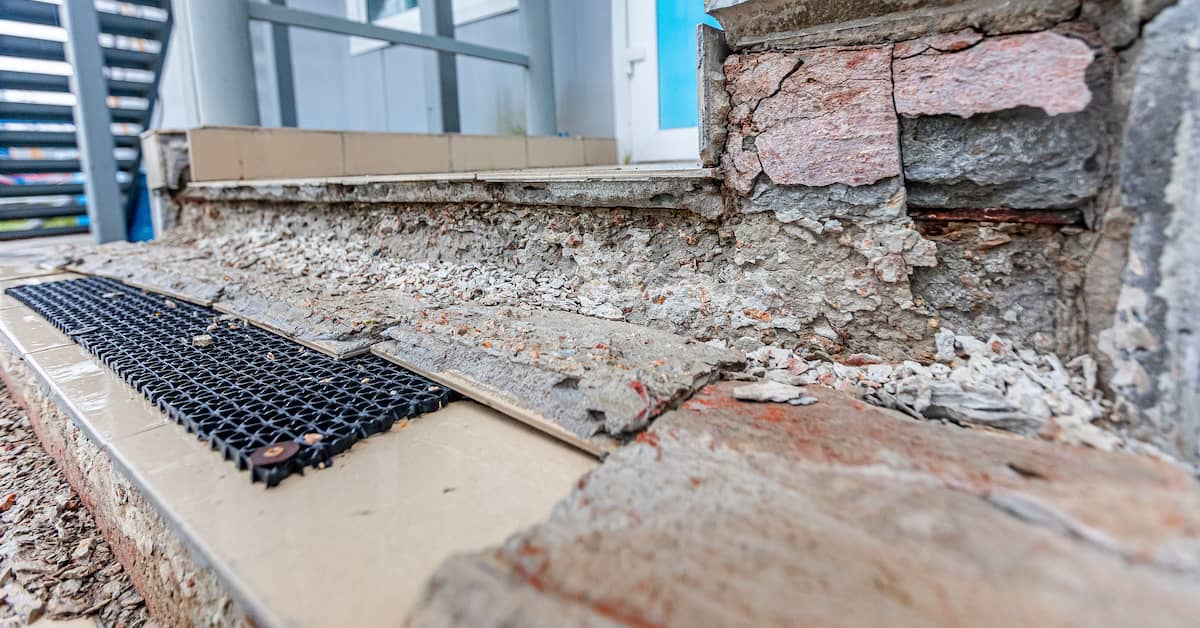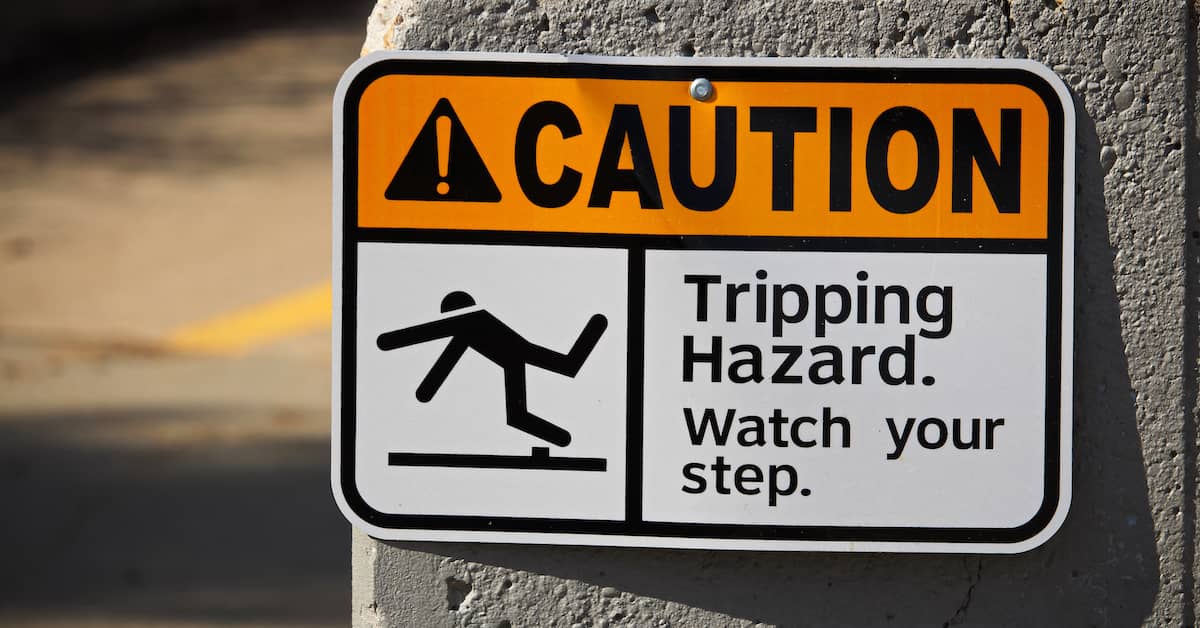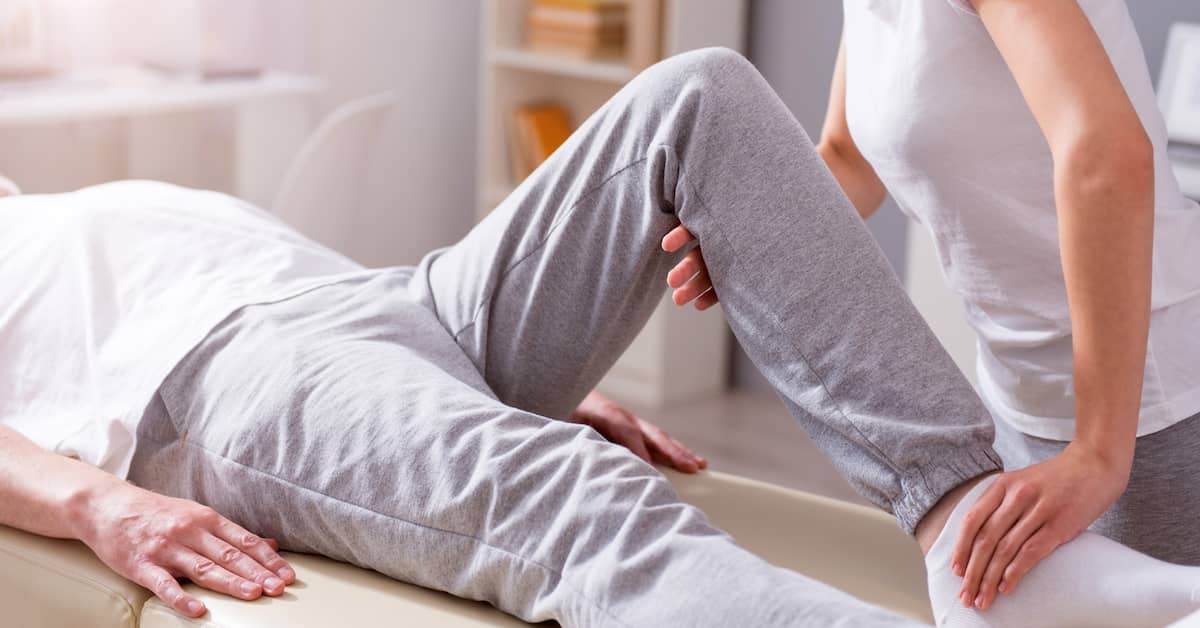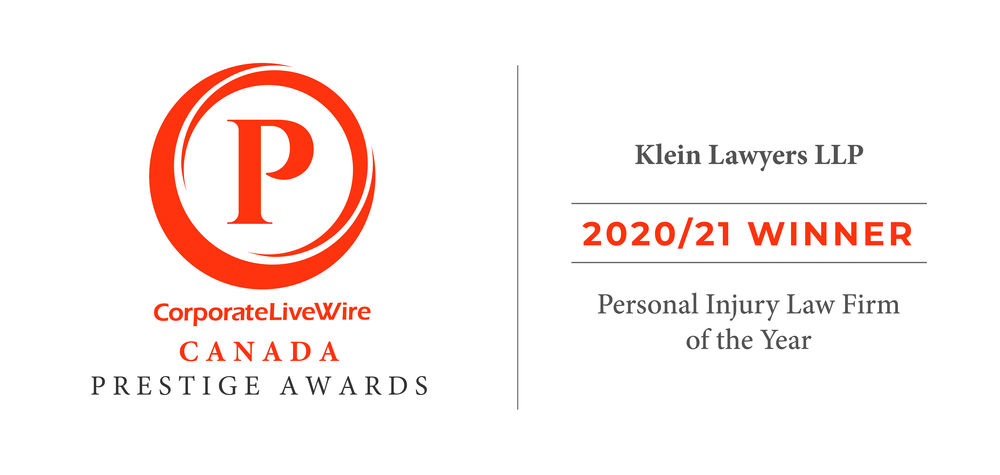
A trip and fall lawyer can help you take legal action if you are injured on property owned and/or occupied by others through no fault of your own. However, it can be difficult to know what your legal rights are in the immediate aftermath of an injury. This is especially true when you trip and fall on a residential property.
Many people are reluctant to file lawsuits against homeowners. Falls often occur on property belonging to a family member or a friend, and no one wants to sue someone they know.
Fortunately, the owner’s home insurance ends up paying the damages for falls and other injuries in most cases – not the friend or loved one personally. As such, it is crucial to consult a trip and fall lawyer promptly if you were injured in or on the grounds of someone else’s home.
Call Klein Lawyers at (604) 874-7171 today for a FREE case review. Our lawyers handle trip and fall claims in Vancouver and throughout British Columbia.
Does Home Insurance Cover Trip and Fall Injuries?
Usually, yes. Most home insurance policies include personal liability coverage. Personal liability coverage protects homeowners in the event that a third party suffers bodily injury and/or property damage on the premises as a result of the homeowner or occupier’s negligence. This includes trip and fall incidents.
There is no law requiring homeowners to carry home insurance. However, the financial risk of being uninsured is simply too great for homeowners to go without. (Mortgage lenders also typically require home insurance.)
As such, if you trip and fall in someone’s home or on the property, you would likely make a claim against the owner’s home insurance policy – not the homeowner directly. To recover compensation, you must prove that the fall occurred because of the homeowner’s negligence.
What Obligations Do Homeowners Have to Prevent Trip and Falls?
According to the Insurance Bureau of Canada, homeowners are required to maintain “a reasonable standard of care in keeping [the] property free from hazards.” If they fail in this duty, homeowners can be held liable for injuries sustained as a result of hazardous conditions.
Broadly speaking, homeowners are responsible for mitigating foreseeable dangers. These may include:
- Cracked and broken pavement
- Loose tiles
- Frayed or loose rugs and carpets
- Uneven flooring
- Objects and debris in walkways
- Inadequate lighting
- Loose or missing handrails
- Unsafe steps and stairways
- Building code violations
It is also important to consider whether the hazard has existed for an unreasonable length of time. The longer the danger has existed, the less room the homeowner has to argue that the danger was unforeseeable and/or that the incident could not have been prevented.
For example: Say you are leaving your friend’s house one night and the outside light burns out, causing you to trip and fall. In this case your friend would likely not be liable because he (a) had no way of knowing that the light bulb would burn out at that moment and (b) a homeowner is not expected to change a light bulb the very second it goes out.
If, on the other hand, your friend’s outside light has been burned out for a month and he hasn’t fixed it, you would have a much stronger case. After a month without sufficient lighting, someone falling on the walk at night would be considered foreseeable and your friend would likely be considered negligent for failing to replace the bulb.
Ultimately, homeowners are expected to take reasonable steps in keeping their properties safe. This includes removing potential tripping hazards and repairing conditions that could cause visitors to fall.
How Do I Make a Claim Against the Homeowner?
You need to prove negligence on the part of the homeowner to recover compensation for a trip and fall. This requires evidence, which can be obtained by:
- Taking photos of dangerous conditions on the property
- Speaking to witnesses
- Going to the doctor immediately so your injuries are thoroughly documented
Next, you will need to find out from the homeowner who the home insurance carrier is. You will then need to report the injury to the insurance company.
Generally, it is in your best interest to have a lawyer handle all communications with the insurance company on your behalf. The insurer will try to pay as little as possible, and the adjuster may try to get you to take actions that are not in your best interest (such as making a recorded statement or signing a medical release). Being represented by a lawyer is the best way to combat these tactics and ensure that your rights are protected.
Your lawyer will assess the damages in your case and determine what compensation you can claim. Home insurance will cover damages up to the policy limit, but any settlement offers from the insurer are likely to be less than what you are owed. Your lawyer can fight to maximize your recovery either through settlement negotiations or by filing a lawsuit and going to court if necessary.
Trip and Fall in a Home? Klein Lawyers Can Help
Klein Lawyers handles all types of occupiers’ liability claims. This area of law includes trip and falls and other incidents resulting in injury on unsafe properties.
Residential properties such as homes, townhouses, condominiums, and more are common locations for trip and fall injuries. You may be entitled to compensation if a homeowner’s negligence caused you to trip and fall.
A trip and fall lawyer can collect evidence on your behalf and pursue the compensation you deserve. Contact Klein Lawyers today for a FREE review of your case.










